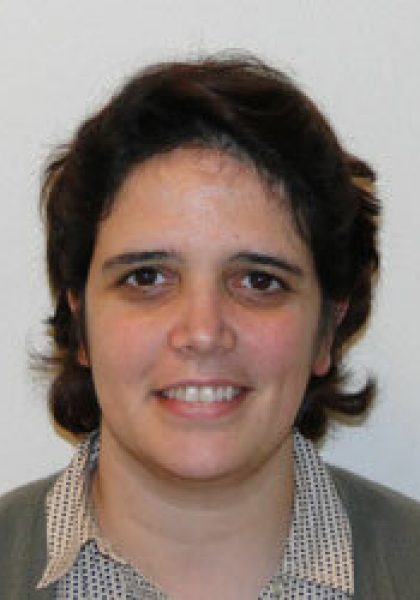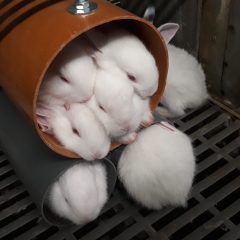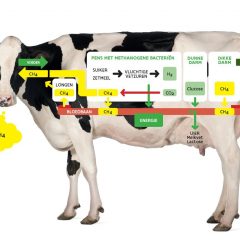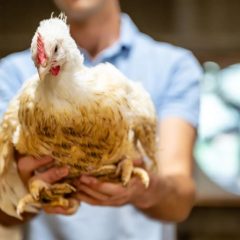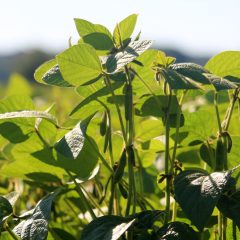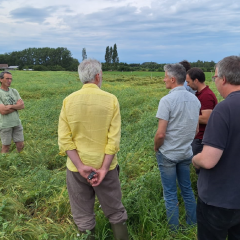Research project Optimal cultivation of protein crops for poultry feeding

General introduction
When you feed to poultry toasted field bean and wheat from a locally grown mixed crop, the laying or broiler chickens perform as well as if they had been fed soy in their rations. That is one of the results of OPTIPLUIM. The research question of the project was: How can arable farmers, poultry farmers and the local feed industry in Flanders get started with mixed-flower crops as an alternative source of protein for poultry? The aim was to look at cultivation, processing and use. An implementation of leguminous crops in cropping plans, especially in mixed cropping, requires new knowledge building (both in conventional and organic agriculture). In terms of reduction of antinutritional components from the seeds, processing techniques were known for legumes separately, but not for mixed crops. And use in laying hens and broilers in conventional and organic production systems was also not fully documented. Finally, there was also a final question, around the possibility of also valorizing the crop residues after harvesting the seeds as feed: Does this harbor a second possible source of protein, if the residues were to be processed via aerobic degradation by white rot fungi? This was the question.
Research approach
During field experiments, the researchers optimized higher protein content by working on improved cultivation technique of the mixed crops. Several processing techniques were studied to reduce antinutritional factors, coupled with the different production systems (conventional and organic farming, layers and broilers). The interaction between three elements, namely feed composition, quality of eggs and chicken meat, and the effects on nitrogen excretions in the animals were identified. The sustainability of legume crops as an alternative to soybean was also analyzed.
Relevance/Valorization
The field experiments showed that the mixed crops of field beans with triticale and field beans with wheat produced the highest yields. Higher sowing doses did not necessarily lead to higher yields. Ensiling the harvested seeds scored better as a technique to reduce anti-nutritional factors than heat treatments such as toasting, expansion or extrusion. Feeds with the heat-treated mixed crops of field beans with wheat as an alternative protein source resulted in at least as good animal performances in broilers and layers as a soy-based control feed. The quality of the meat and eggs was also little or not affected when using the mixed crop in the ration. Finally, aerobic fermentation by white rot fungi cannot be regarded as an economically feasible technique to valorize crop residues.
Financing
VLAIO
